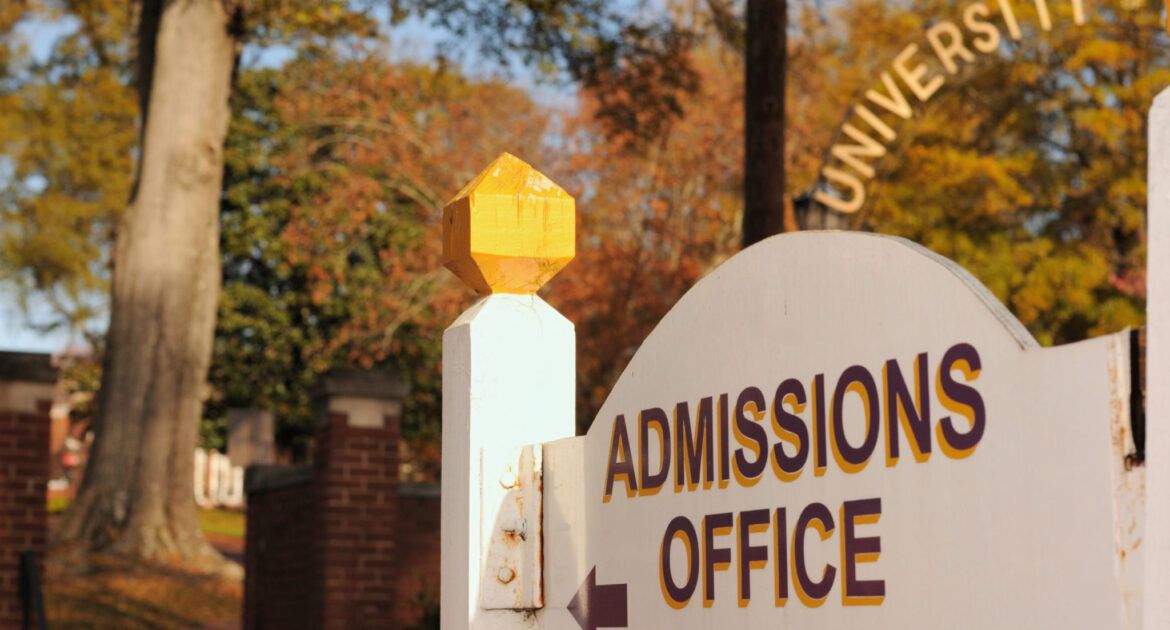Changes are afoot in university admissions. In 2017-2018 the number of unconditional offers made to applicants shot up seventeen-fold, or 40%, from a mere 2,985 students in 2013-2014, to last year’s record of 51,615 (see UCAS’s 2017 End of Cycle Report on Offer-Making). This increase has been the subject of debates in Parliament and, according to the BBC, will be investigated by the Education Select Committee. Concerns include potentially demotivating effects on A-level students who might now receive unconditional offers from early on in their last year of school, with consequences for their actual grades. Universities may also face a situation where a situation that looks like a win in the short term turns out to impact their tariffs in the mid-term, and in the longer term, their standing in the league tables. The concern is, therefore, that this is a race to the bottom.
Whatever the rights and wrongs of the situation it is unlikely that this and following years will not follow a similar trend, given the pressure on universities to recruit in an open market, and in the wider context of the lifting of SNC (Student Number Control) and a significant demographic dip, thus decreasing the overall pool of applicants. Solutions to the situation have been proposed, including the proposition that reliance on predicted grades is done away with altogether, in favour of university entrance exams (either sector-wide or specific to each institution).
Whatever the outcome it is clear that these changes are having significant effects on the shape of the university admissions cycle, often knocking the process back several months. Where previously students would receive offers in February or March, off the back of the general Open Day season through from October to January, some students are now receiving unconditional offers even earlier in the cycle.
The implications of this are still unfolding for universities in general, but individual departments and staff might do well to be aware of this shift and have some contingency plans in place. Outlined below are four main areas to consider.
The new cycle begins here
With this shift in practice, it is likely that departments and schools will have to be proactive from the very start of any given academic year in planning for the recruitment cycle. While Open Days will continue to run through the winter terms, expect to see them pushed earlier in the academic year. Academics will need to make preparations through the summer to ensure that open day visits run effectively from the moment the new academic year begins.
Work closely with the Centre
Your university’s external relations team is critical in attracting school leavers and A-level students as early as possible. Marketing and producing targeted material is critical, as are carefully crafted social media programmes. Don’t leave this to chance: contact your external relations team during the summer to ask what provisions they are making for campaigns that map onto your subject area, and if necessary, arrange follow-ups with them to ensure that they have the best possible, live and cutting-edge information about your discipline to help them push it as effectively as possible. Review your admissions tariffs and check that they are in line with your competitor/comparator institutions.
Keep track of data
Ask your external relations or admissions team to ensure that there is a robust system in place for following up on reasons for rejection, such as questionnaires and surveys. Within the parameters of data protection, ask if you can have sight of or receive a summary report of such data from previous years, particularly as it pertains to clear contact points with staff members (at Open Days, for instance, or in communications to potential applicants). Identifying patterns of rejection (including at what stage people choose to go elsewhere) will help you tighten up any procedures as necessary.
First impressions count
Open and visit days are increasingly important in the battle to win applicants, and first impressions really do count. While some things (the weather, the traffic) are out of your control, you can make sure that you and your fellow staff members are fully briefed. If you don’t already do so, create a shared pool of visit day presentations, so that you can have a rolling staff rota; refresh the rota so that staff don’t suffer Open Day fatigue; and finally, as I explore here Unconditional Offers and the Visit Day don’t forget your students – they are often your best and most effective resource for talking directly to potential applicants.
Conversion doesn’t end here
Remember that the acceptance of an offer is far from the end of the story. Applicants may have accepted more than one offer, and they may well make their mind up very late in the day, including in the critical first few weeks of term. Converting applicants to attendees is the critical next step, so follow up during the summer with welcome packs and information about the courses, and be responsive to email enquiries. And after that, remember too, that the next step is to turn the attendee into a student who is committed to his or her course: in other words, make sure that the student feels welcome and well-supported throughout the winter term, bearing in mind the HEFCE census point in November time. And after that, the story continues, and your challenge is to help your students continue to progress through their academic path, all the way to graduation!





Leave a Reply